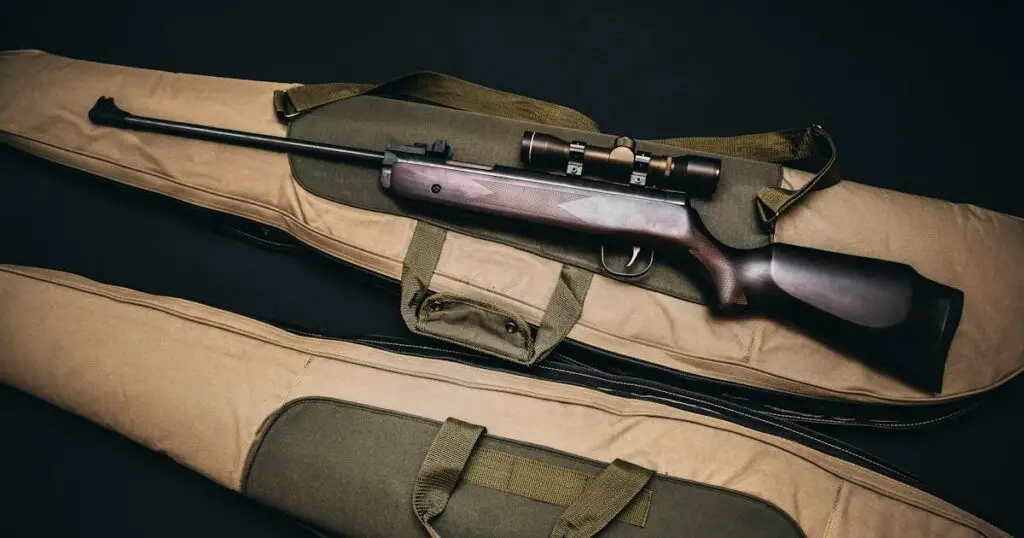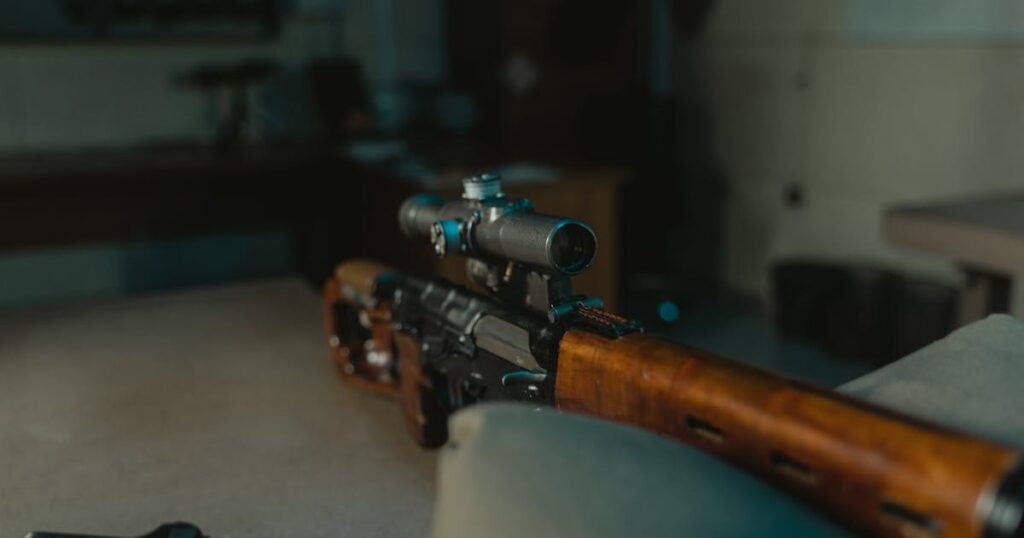Key Takeaway: Collecting antique firearms involves understanding their historical significance, knowing how to assess value, and learning proper care techniques to preserve these unique pieces for future generations.
Antique firearms are not just objects for display, but they are also pieces of history that hold a wealth of information and cultural significance. For those who have an avid interest in collecting antique firearms, it is more than just a hobby – it’s a passion.

The thrill of discovering new pieces, the joy of preserving old ones, and the excitement of getting to know the stories behind each firearm make this pursuit both engaging and fulfilling.
If you’re curious about how to start your own collection or want to learn more about the world of antique firearms, then this guide is for you. In this article, we’ll explore different types of antique guns, give pointers on how to value them, provide tips on proper care and storage, and answer some frequently asked questions.
What Do People Collect?
Antique firearms can be found all over the world, from museums to private collections. But what exactly do people collect when it comes to antique guns? Here are some commonly collected items:
- Civil War Weapons – Firearms used during the American Civil War (1861-1865) are highly sought after by collectors due to their historical significance.
- Military Surplus Guns – These are firearms that were once used by the military but have since been sold or disposed of. They hold value for both their historical importance and functionality.
- Percussion Revolvers – These types of handguns were popular in the 19th century and are still widely collected by gun enthusiasts.
- European Firearms – Antique firearms from Europe, especially those made during the 18th and 19th centuries, are highly valued due to their intricate designs and craftsmanship.
- Classic Hunting Rifles – These are rifles used for hunting big game in the early 20th century. They are prized for their aesthetic appeal and functionality.
Pointers to Value
There are various factors that contribute to the value of an antique firearm. Here are some key pointers to consider when evaluating a piece:
- Age – The older the firearm is, the more valuable it tends to be.
- Condition – An antique firearm that is in excellent condition will hold a higher value compared to one with visible wear and tear.
- Rarity – The scarcity of a particular firearm can greatly affect its value. Rare and unique pieces will have a higher price tag.
- Provenance – The history and ownership of an antique firearm can significantly increase its value, especially if it has ties to notable figures or events.
It’s also essential to do research and seek the advice of experts when determining the value of an antique firearm. This will ensure that you get a fair assessment and avoid overpaying for a piece.
Keeping Antique Firearms
Antique firearms require proper care and storage to maintain their condition and value. Here are some tips on how to keep your collection in top shape:
- Clean regularly but gently – Wipe down your firearms with a soft cloth to remove any dust or residue. Avoid using harsh chemicals or abrasive materials as they can damage the finish.
- Store in a cool, dry place – Excessive heat and humidity can cause corrosion and rust on antique firearms. Store them in a climate-controlled area to prevent damage.
- Use protective cases – If you plan on displaying your collection, use cases that provide protection from sunlight, moisture, and dust. This will help preserve your firearms for years to come.
Exploring Different Types of Antique Guns
The world of antique firearms is vast and diverse, with various types of guns available for collecting. Here are some examples:
- Flintlock Pistols – These were popular during the 17th and 18th centuries and operate by using a spark from a flint to ignite gunpowder.
- Muzzleloading Shotguns – These are shotguns that require loading the ammunition through the muzzle or open end of the barrel before firing.
- Percussion Cap Rifles – These types of rifles were invented in the early 19th century and use a percussion cap to ignite gunpowder instead of a flintlock.
- Breech-loading Guns – These firearms have their loading chamber at the back, making it easier to reload compared to muzzleloaders.

If you’re interested in collecting antique guns, it’s essential to do your research and learn about each type’s unique features and history. This will not only help you make informed decisions but also deepen your appreciation for the pieces in your collection.
FAQs: How to Collect Antique Firearms
How can I tell if an antique firearm is authentic?
The best way to ensure authenticity is to research the history and provenance of a piece. Look for any markings or stamps that can help identify its origin, and seek the advice of experts if necessary.
Can I fire an antique firearm?
It’s generally not advisable to fire antique firearms as they may be unstable or unsafe due to their age. If you do decide to shoot one, make sure it has been inspected by a professional gunsmith first.
How do I find reputable sellers for antique firearms?
Attend gun shows, visit antique shops, or seek recommendations from other collectors to find reputable sellers. It’s also essential to thoroughly research a seller before making a purchase.
Conclusion
Collecting antique firearms is more than just a hobby – it’s a way of preserving history and appreciating the craftsmanship of these timeless pieces. By understanding different types of antique guns, knowing how to value them, and properly caring for your collection, you can embark on an exciting journey into the world of antique firearms.
So why not start your own collection today? Who knows what treasures you may discover along the way?



Leave a Comment
You must be logged in to post a comment.